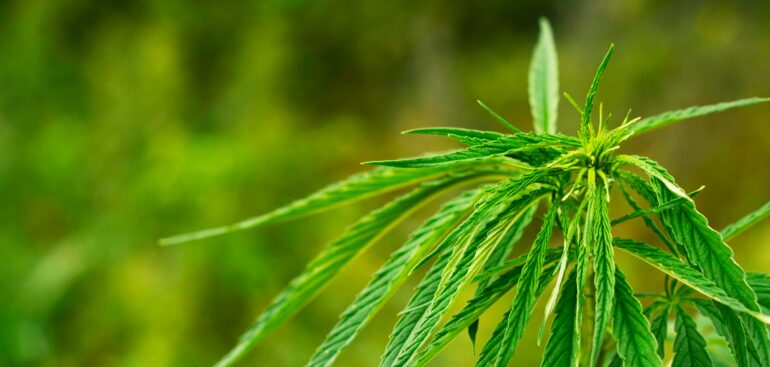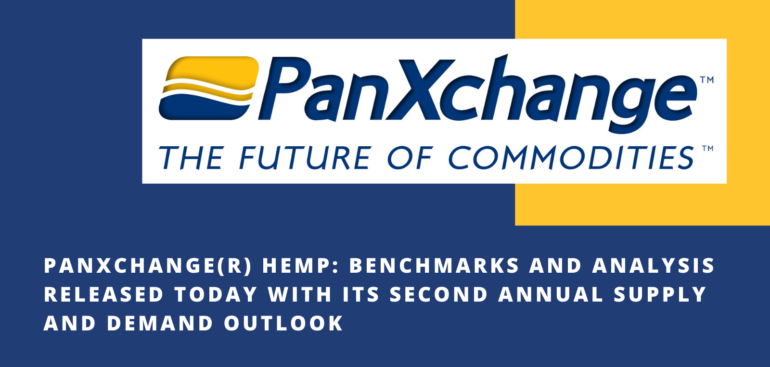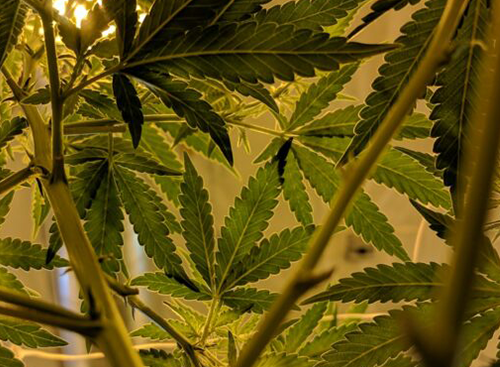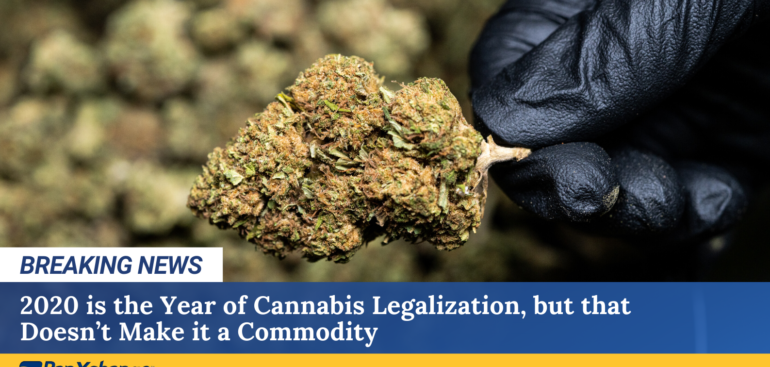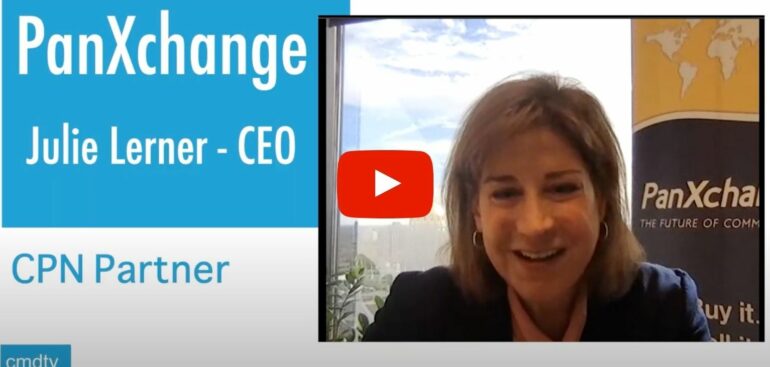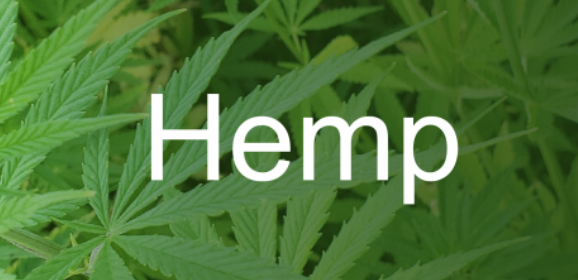In 2020, cannabinoid production undoubtedly continued to steal the hemp show. According to a recent survey by market analytics firm Hemp Benchmarks, nearly 90% of growers opted to cultivate hemp either for cannabidiol (CBD) or cannabigerol (CBG).
DENVER, CO, UNITED STATES, December 17, 2020 /EINPresswire.com/ — The December 2020 edition of the PanXchange®: Hemp Benchmarks and Analysis was released today and is accessible to subscribers on the PanXchange website. In addition to its usual suite of 12 benchmark prices covering the cannabinoid market, fiber, and hemp grain, the report discusses the 2020 supply, demand, and deal flow in depth.
This year was poised to be a turning point for the hemp industry as regulations set forth by the Agricultural Act of 2014 (the 2014 Farm Bill) were due to expire Oct. 31. By then, states were supposed to have updated their hemp plans to be compliant with the Agriculture Improvement Act of 2018 (the 2018 Farm Bill), ushering in a new set of what many in the industry consider to be stricter regulations.
This year’s APEX Awards will be a week-long digital celebration of the leaders and companies elevating Colorado tech to new heights and will conclude with a live virtual event on February 4th.
November 3, 2020 was a clear win for the cannabis industry. Five states passed legislation that legalized some form of legalized marijuana. Moreover, just today, Congress took a historic move by passing a vote of 228 to 164 to legalize marijuana federally.
Hear from Julie Lerner, Founder and CEO of PanXchange, the leading benchmark price provider in US Hemp and the defacto benchmark price provider for US Frac Sand (proppant).
An interesting advancement in technology in the oilfield services space is the NOV Ideal e-frac fleet. NOV’s e-frac fleet is the first fully remote-operated frac fleet, and “centralizes knowledge to a single location on the well-pad and removes personnel from hazardous equipment and environments”. E-fleets uses gas-powered turbines to generate electricity to power the pressure pumping equipment. As a result, roughly half the amount of pumping units are needed on location versus a diesel-powered spread, and significant emissions and fuel savings are realized each time a well is completed.
As the third nationally legal industrial hemp crop hits the market, it is clear that American producers, consumers, merchants and processors are engaged, at an early stage, in a grand and exciting economic experiment to leverage an ages-old commodity into effective, reliable products for technologically advanced markets.
On December 18th at 10:30 am MST, after the December 17th PanXchange Hemp®: Benchmarks & Analysis report is published, PanXchange hosted a member-only year-end symposium to discuss its second annual supply and demand outlook. Those following PanXchange’s progress in US hemp may remember that last December, the company was the first to issue market demand estimates by volume of hemp instead of overall addressable market values based on retail consumer product prices. This recording is a service exclusive to only PanXchange platform participants and data subscribers – at no additional cost.
Before Denver’s population boom several years ago, Julie Lerner, CEO and Founder of PanXchange, the leading benchmark price provider in the US Hemp Industry and other physical commodities, already had her eyes set on living near the majestic peaks of the Rocky Mountains.

